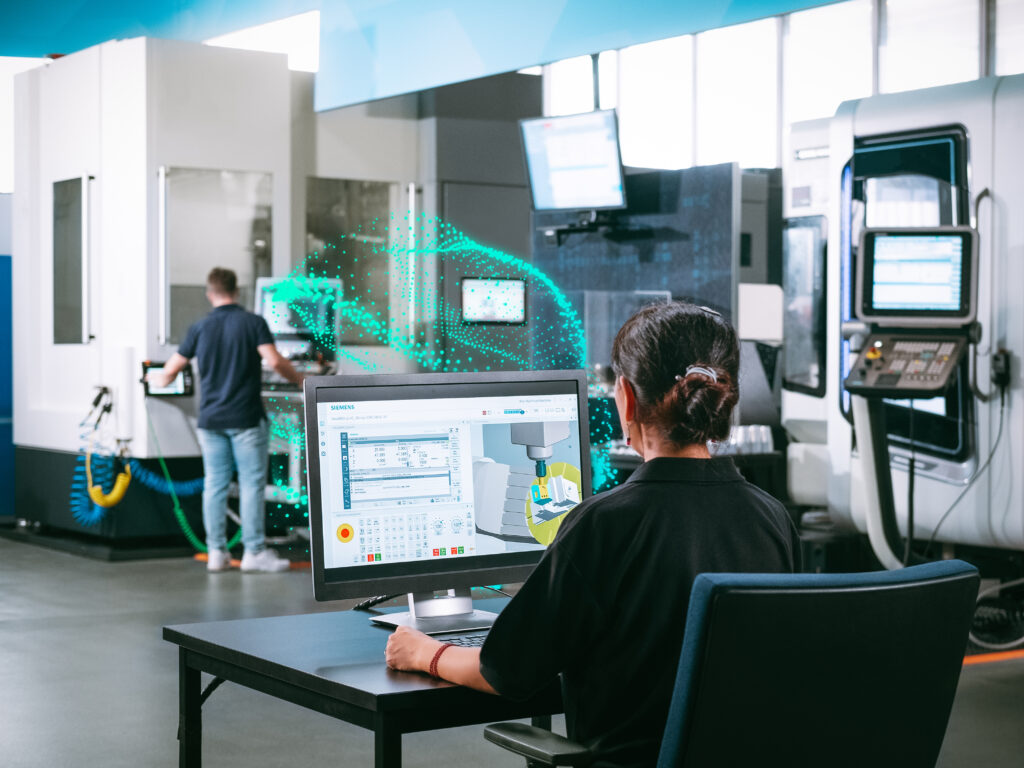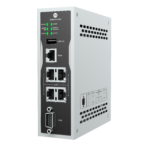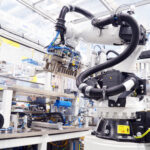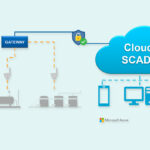ASIA ELECTRONICS INDUSTRYYOUR WINDOW TO SMART MANUFACTURING
Siemens Reinforces Sinumerik One With New Functions
Siemens is expanding its offering around the Sinumerik One “digital native” CNC. Particularly, the new CNC generation, first introduced in 2019, is also coming up with innovations in software and hardware this year.
The new Sinumerik V6.20 software will have new technology functions for the Sinumerik One. Most importantly, these functions aim to simplify operation, reduce machine wear, and increase productivity. Thus, Siemens highlights how the powerful Sinumerik One machine tool control system can promote digital transformation in manufacturing.
With the new Y-turning function, Sinumerik One can complement machines that turn from the Y-axis. Outstandingly, up to three times the feed rate and resulting in increased productivity. Furthermore, the new tool types created for this purpose and all turning functionalities and cycles for these tools.
The Advanced Rapid Movement function is also one of the innovations in the technology functions. Moreover, it enables time-optimized movement, which means that faster movements take place between machining operations. The part program does not need to change for this. Overall, machining can be up to ten percent faster. Hence, the implementation of the function comes together with the machine builder.

New Technology Functions
With Reduced Dynamic Mode, there is now a function that reduces wear on the machine. Thus, increases its availability. The NCK function enables the machine tool builder to automatically transfer the machine tool to reduced operation. For example, if the axis becomes too warm.
On the other hand, the machine can return to full load. In this way, the Reduced Dynamic Mode enables individual operation in motion.
In the area of hardware, there are also innovations for Siemens’ Sinumerik One designed to simplify operation: The new keyboards and Machine Control Panels (MCPs) are now available from 15 to 24 inches consistently to match the HMI.
In addition, the company also launched the Simatic Industrial Thin Clients (ITCs) and industrial PCs with increased performance and a resolution of up to 1920 × 1080 pixels. Also integrated in the digital twin of Sinumerik One (Create and Run MyVirtual Machine) are the new MCPs. Here, the appearance and operation correspond to the real CNC in every respect.
In addition, the digital twin of Sinumerik One has been given new features that simplify engineering and work preparation. To mention just a few of the many innovations: The /3D option offers support for a second channel. In addition, each tool can have individual color for color-coding purposes on the tool used. The import of STEP format is an important feature especially for complex geometries of the clamping situation of a turning operation.
Additionally, collision detection now also offers extensive functionalities such as the display of all collided bodies, NC program line and much more, so that the cause of collisions can be quickly investigated and eliminated.
Sinumerik One Background
Sinumerik One plays a central role in the transformation of machine tools in the age of Industry 4.0. Particularly, outperforming previous controllers in terms of PLC and CNC performance such as cutting speed, and data capture, and processing power. With its integrated Simatic S7-1500F PLC, it offers up to 10 times faster PLC cycle times.
Moreover, in Simatic S7-1500F PLC, Sinumerik One comes integrated into the TIA Portal engineering framework. This enables standardization of all engineering tasks for operators of larger plants.
In addition, Sinumerik One is fully compatible with the previous Sinumerik 840D sl controller generation in terms of programming and operation. This makes the changeover to Sinumerik One even easier.
With Sinumerik One, Siemens offers the technology to easily create and work with digital twins of machine tools. Furthermore, work preparation and engineering departments can also benefit from the digital twin.




